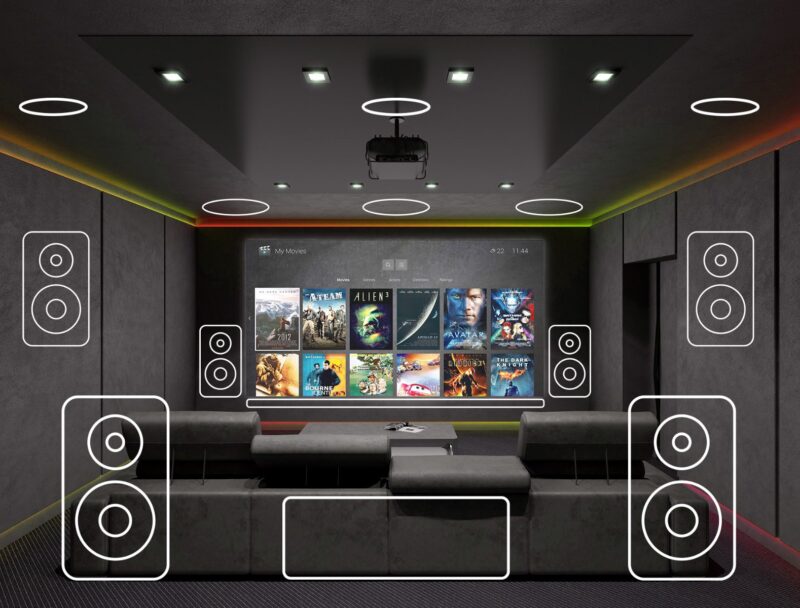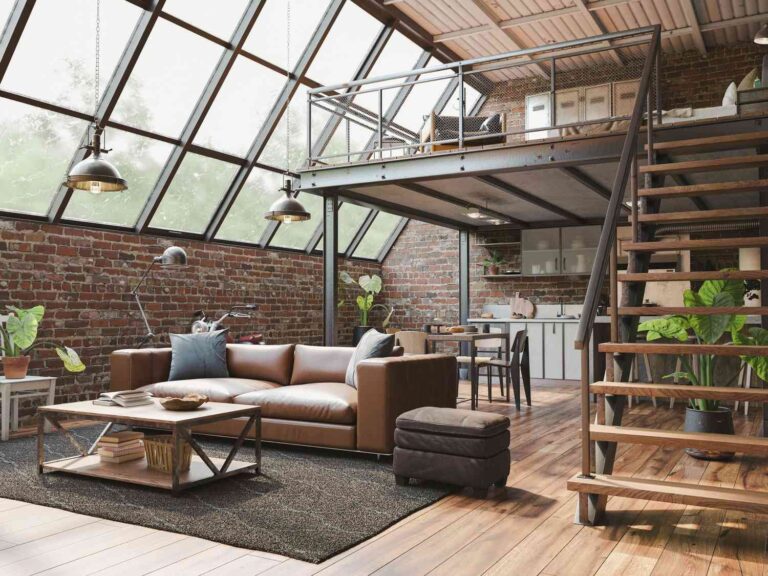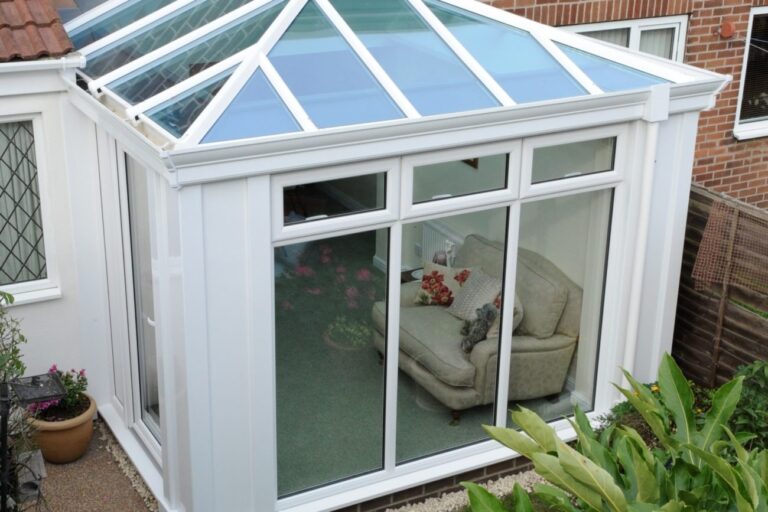The consensus among film fanatics is that nothing beats the cinema when it comes to watching movies. So far, nothing has been able to immerse viewers into the fictional worlds that films create quite like the giant images and powerful surround sound of a darkened cinema.
But, let’s face it, our own couch is often much more comfortable. And, at home, we can eat whatever snacks we want without feeling like we’re being extorted. We also don’t need to worry about people ruining the experience by talking through it.
That is why many people today have opted to recreate the TV experience at home, as best they can within their budget. Here are some tips on how you can do it too.
1. Start with the Right Atmosphere ─ Blackout Curtains and Lighting Control
One of the key elements of the cinema experience is the darkened environment. The darkness isn’t just a stylistic choice – it’s crucial for focusing on the movie, preventing distractions, and enhancing the vividness of the images on screen.
Commercial cinemas achieve this by being completely windowless, using opaque doors, and dimming all lights. At home, it’s more challenging to create total darkness, especially if your living room is filled with windows or if ambient light from outside seeps in. This is where blackout curtains or blinds become essential.
2. Soundproofing ─ Creating an Audio-Friendly Environment

Soundproofing your space is essential for achieving clear and immersive audio. In a cinema, every detail of the sound design – from subtle background noises to booming explosions – is finely tuned to create a captivating experience.
At home, the quality of sound can be compromised by external noise, sound leakage, or echoes caused by hard surfaces like floors, walls, and ceilings.
3. Choosing the Right Screen ─ Projector or Large TV?
The screen is the centerpiece of your home cinema. When selecting a screen, you generally have two main options: a projector or a large television. Each has its advantages, so your choice will depend on your budget, space, and preferences.
- Projectors ─ For a truly cinematic feel, a projector is the closest option to what you’d find in a theater. Projectors allow you to enjoy a much larger image than most TVs can provide, making it ideal for large spaces. However, projectors require a bit more setup and often necessitate a dark room to deliver optimal picture quality. If you choose this route, be sure to invest in a high-quality screen designed to enhance the projector’s performance. Wall-mounted screens with a matte finish can improve image clarity and reduce reflections.
- Televisions ─ Modern TVs have come a long way, with 4K and even 8K models offering stunning visual clarity and vibrant colors. While they don’t quite match the size of a projector setup, many people prefer TVs because they are easier to install, more versatile, and offer integrated smart features for streaming services. Additionally, the latest OLED and QLED TVs provide deep blacks and rich contrast ratios that rival the cinematic quality of a projector. TVs are also more practical for multipurpose living rooms where you may not want to deal with a projector setup every time you want to watch something.
4. Sound System ─ Surround Sound vs. Sound Bars
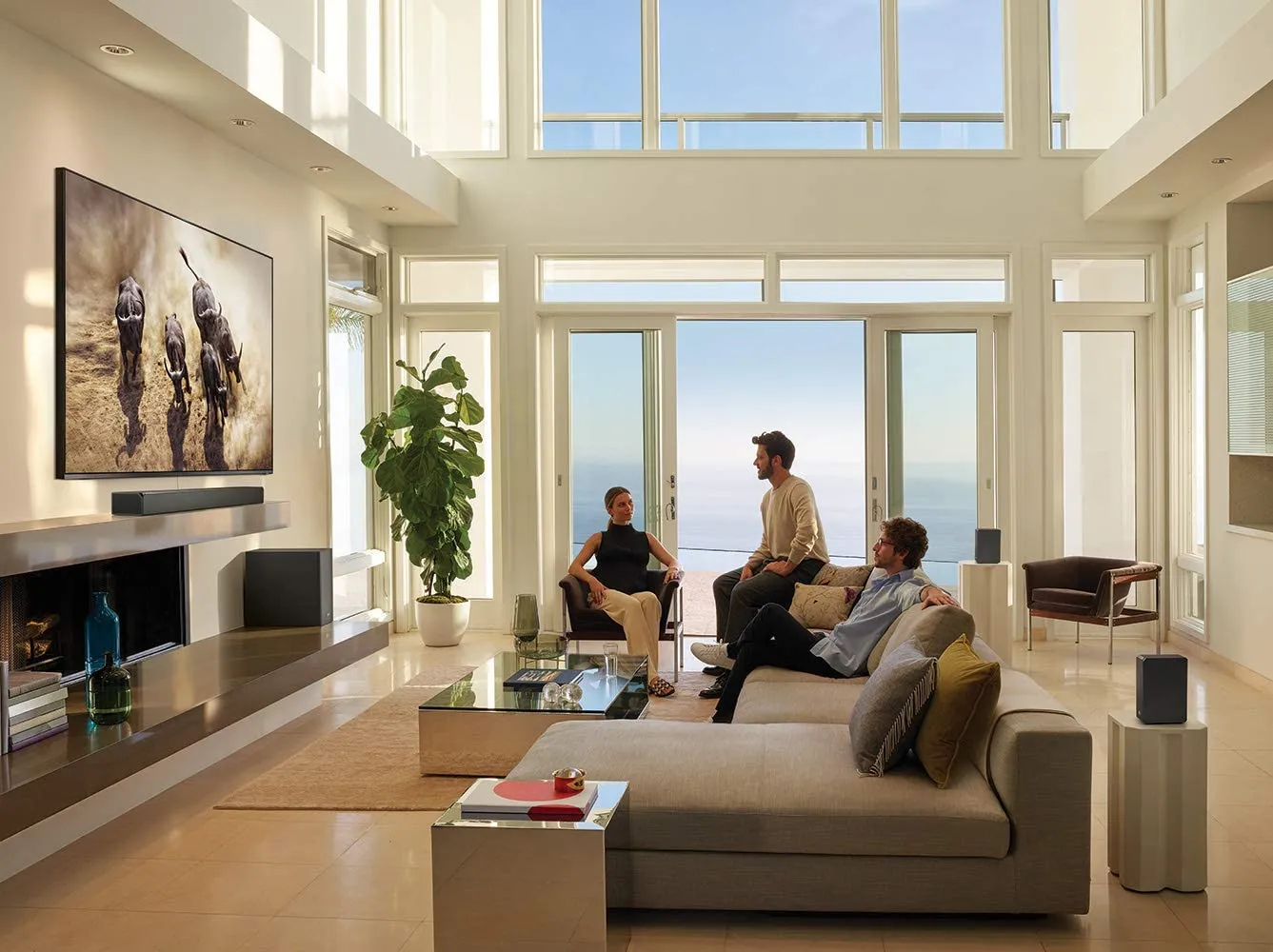
Audio is an integral part of the movie-watching experience, and the right sound system can significantly enhance it. In a commercial cinema, surround sound envelops the audience, with different sounds coming from various directions, creating a 3D auditory effect that draws you deeper into the film. You can replicate this at home with a few strategic purchases.
- Surround sound systems ─ A full surround sound system typically involves multiple speakers placed strategically around the room, including front, rear, and side channels, as well as a subwoofer for deep bass. This setup allows you to hear sounds from all directions, much like in a real cinema. However, a quality surround sound system can be expensive and requires proper calibration for the best effect. Some systems also require wiring, which can be a challenge if you’re not prepared to hide cables or invest in a wireless system.
- Sound bars ─ If you’re on a budget or don’t want to deal with multiple speakers, sound bars offer a more streamlined solution. While they don’t provide true surround sound, many modern sound bars come with advanced technology that simulates multi-directional audio. High-end sound bars can produce impressive sound quality with deep bass, clear dialogue, and even virtual surround sound features. Sound bars are also easy to set up and typically require just one connection to your TV or projector, making them a convenient choice.
5. Comfortable Seating ─ Where Functionality Meets Luxury
No home cinema is complete without comfortable seating. After all, you’ll be spending hours sitting in your chosen seats, so comfort is paramount. Traditional cinema seats are designed for endurance, with built-in cup holders, armrests, and reclining options. At home, you have more flexibility in choosing seating that suits your style and space.
- Recliners and sectionals ─ Recliners are a popular choice for home theaters because they offer individual seating with customizable comfort. Look for models with plush padding, adjustable footrests, and built-in cup holders. Sectional sofas can also work well, especially in larger spaces. They offer ample seating for families or groups and can be arranged to face the screen directly.
- Extra features ─ Some higher-end seating options include features like motorized reclining, USB ports, and built-in storage for remotes or snacks. You might also want to consider seats with built-in lighting or massaging functions if you’re looking to splurge.
- Positioning ─ The arrangement of your seating is critical. Avoid placing seats too close to the screen, as this can lead to eye strain. At the same time, don’t place them too far away, where you might lose the immersive effect of the screen. Ideally, your seats should be arranged in a tiered formation, similar to a cinema, allowing everyone a clear view of the screen.
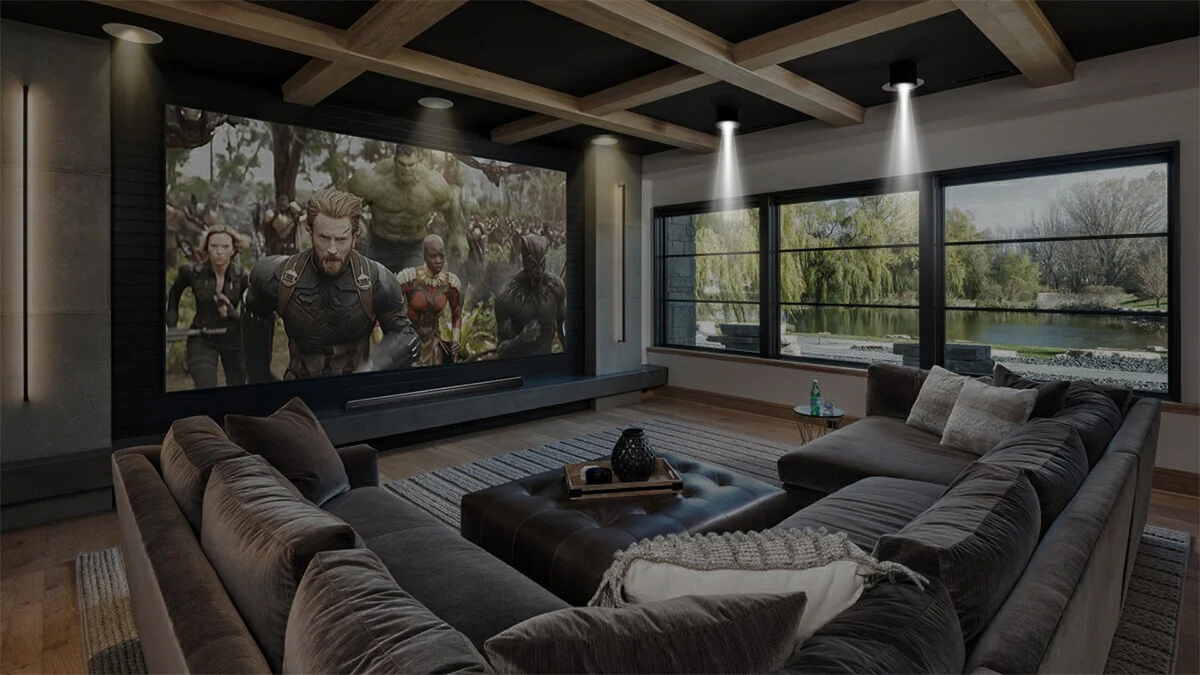
Conclusion
Recreating the cinema experience at home is an exciting project that allows you to enjoy movies with the same level of immersion and enjoyment as in a theater – without the distractions or inconveniences.
Related Posts:
- How To Change Shipping Address On Amazon in 2023 -…
- 6 Tips on How to Buy the Right Bed Sheets to Improve…
- How to Experience Dubai Like a Local? Insider Tips…
- What to Look for in Fitness Equipment to Enhance…
- Are Your Expensive Tech Gadgets Covered by Home…
- Top Carport Designs That Add Value and Style to Your Home

